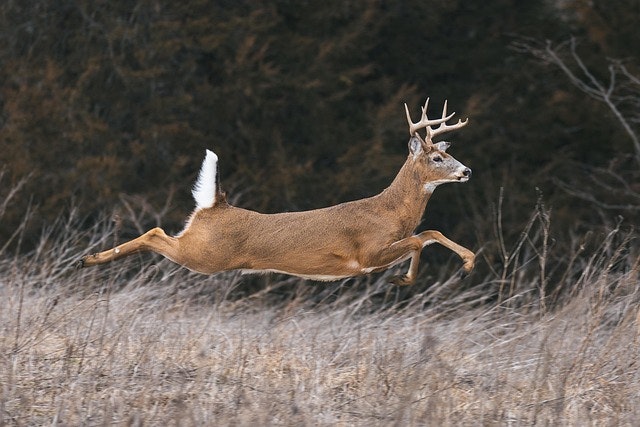Deer Collision Safety Tips for Commercial Drivers
By Mitzi Fox • 10/08/2025
Understanding the Hazard
The fall season is not just about leaves and pumpkin spice. For fleet managers and commercial drivers, it marks the peak season for deer collisions, which can be both dangerous and financially disruptive. As temperatures drop and daylight dwindles, deer become more active, particularly during their mating season. October through December are critical months when the risk of collisions significantly increases. It's essential for those who rely on their vehicles for business continuity to be especially vigilant during this time.
Adopt Proactive Safety Measures
To minimize risk and avoid the costly implications of deer collisions, proactive safety behaviors are paramount. Each of the following tips not only serves to protect your fleet and drivers but also helps in maintaining operational efficiency by avoiding downtime.
Avoid Swerving
Swerving to avoid a deer can lead to even more severe accidents. Instead, brake firmly and remain in your lane. This action reduces the risk of losing control of your vehicle and potentially crashing into other objects or vehicles.
Wear Your Seat Belt
Always buckle up. Seat belts are your best defense in any collision, including those with deer. They minimize injury risk and can be crucial for your safety in unexpected events.
Mind the Hours
Deer are most active at dawn, dusk, and overnight. Being extra cautious during these peak hours can save lives and reduce hazards. Encourage your drivers to stay extra alert during these times.
Eyes on Deer Crossing Signs
Deer crossing signs aren't just for decoration; they indicate high-traffic areas for deer. Pay close attention to these signs and reduce speed as needed to prevent accidents.
High Beams are Your Friends
Use high beams to increase visibility at night wherever it's safe to do so. This can give you extra time to spot deer on the road, providing more opportunity to slow down.
Expect Company
Deer rarely travel alone. If you spot one, slow down and be on the lookout for additional deer that may follow. This simple anticipation can prevent multiple deer collisions.
After an Incident
In the unfortunate event of a collision, move to safety, activate hazard lights, and contact law enforcement. Notify your insurance contact as soon as possible. Quick action helps in expediting claims and repairs, minimizing fleet downtime.
The Financial Impact and Call to Action
With deer collisions resulting in $1 billion in annual damages and an average repair cost of $3,000, it's evident why preparation is key. Now is the time to educate commercial drivers to minimize risk. Encourage your fleet managers to review their commercial auto policies or reach out for risk management guidance. Remember, with the right awareness and preparation, many deer-related incidents are entirely preventable.

